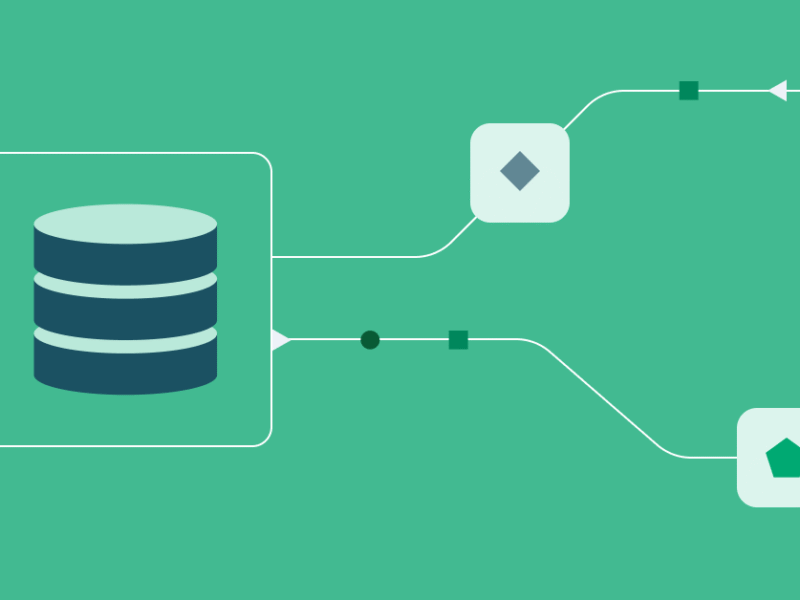Records information management (RIM) plays a crucial role in the effective handling of business information, ensuring that organizations maintain control over their data throughout its lifecycle. In a world where digital information is rapidly increasing, mastering RIM offers significant advantages, such as improved regulatory compliance and enhanced operational efficiency. Understanding RIM can help businesses navigate the complexities of data management, capitalize on their information assets, and support informed decision-making.
What is records information management (RIM)?
Records information management refers to the systematic administration of business records throughout their entire lifecycle. This includes ensuring that information is correctly created, classified, maintained, and eventually disposed of. An effective RIM strategy helps organizations manage their records in compliance with applicable regulations and industry standards.
Definition of a record
A record can be defined as any document or artifact that captures business events and transactions. This includes various types of materials such as:
- Contracts: Legal agreements between parties.
- Memos: Internal communications documenting decisions or policy updates.
- Digital files and records: Electronic documentation stored in servers or cloud systems.
- Marketing materials: Content created for promotional purposes.
- Reports: Summaries of activities, findings, or financial performance.
- Emails and message logs: Electronic correspondence that can serve as records.
- Website content: Information available on company websites.
- Database records: Structured data stored in databases.
- Information storage: Locations where records are kept.
Understanding the records life cycle
Every record undergoes a lifecycle comprising several distinct stages. Each stage is essential for ensuring effective management and compliance, making it crucial for organizations to understand these phases.
Stages of the records life cycle
The records life cycle includes the following stages:
- Creation of records: Generating documents and data as part of business operations.
- Receipt of information: Receiving external or internal data that become official records.
- Maintenance and usage: Storing, accessing, and utilizing records for operational purposes.
- Disposition methods: Determining how to handle records at the end of their life cycle, including deletion or archiving.
ISO 15489:2001 standards
Adhering to established standards is vital for effective records management. ISO 15489:2001 outlines international best practices, emphasizing the need for organizations to maintain evidence and information related to business transactions. Compliance with these standards helps organizations mitigate risks and enhance operational integrity.
Importance of effective RIM
Implementing effective Records Information Management offers numerous advantages for organizations.
Business benefits
Some of the key benefits include:
- Enterprise Information Management (EIM): Streamlining information flow and improving data governance.
- Supporting Business Intelligence/Analytics (BI/BA): Ensuring accurate records support data analysis and reporting.
- Ensuring regulatory compliance: Meeting legal requirements concerning data management.
- Facilitating disaster recovery planning: Providing access to essential records for recovery in emergencies.
Related concepts in RIM
Understanding related concepts enhances the overall grasp of Records Information Management.
Terminology and alternatives
Various terms are often used interchangeably, such as:
- Records Management (RM): A term frequently associated with RIM but with a narrower focus.
- Records and Information Management (RIM): Encompasses both records and broader information management practices.
Exploring additional related areas
Other related topics include:
- Generally Accepted Recordkeeping Principles: A framework guiding records management practices.
- Information Governance: Overall management of information assets beyond traditional records.
- E-Discovery processes: Legal process of retrieving electronic records during litigation.
- Enterprise Content Management (ECM): Strategies for organized content through its lifecycle.
- Enterprise Document Management (EDM): Maintain documents effectively for optimal retrieval.
- Broader Data Management strategies: Incorporating best practices for managing all forms of data.
Exploring RIM in practice
Implementing RIM involves practical applications and the use of various tools that aid in efficient records management.
Applications and tools
Organizations often use specialized content management software and services to enhance their Records Information Management efforts. This is particularly important for managing digital content, including:
- Zoom recordings: Digital meetings and webinars that must be stored securely.
- Clinical documents: Health records that require strict management and compliance.
Differences between key concepts
While terms like Information Governance and Records Management often overlap, it’s important to distinguish between them. Records Management focuses specifically on the lifecycle and ensuring compliance of records, whereas Information Governance encompasses broader policies and procedures for managing all types of organizational information.
Future trends in RIM
As technology advances, the landscape of Records Information Management evolves, introducing new opportunities and challenges.
Innovations in records management
Emerging technologies impact the records life cycle, enabling smarter data management solutions. Organizations are adopting AI and machine learning to enhance their capabilities in compliance and governance, ultimately leading to greater efficiency in records management practices.

